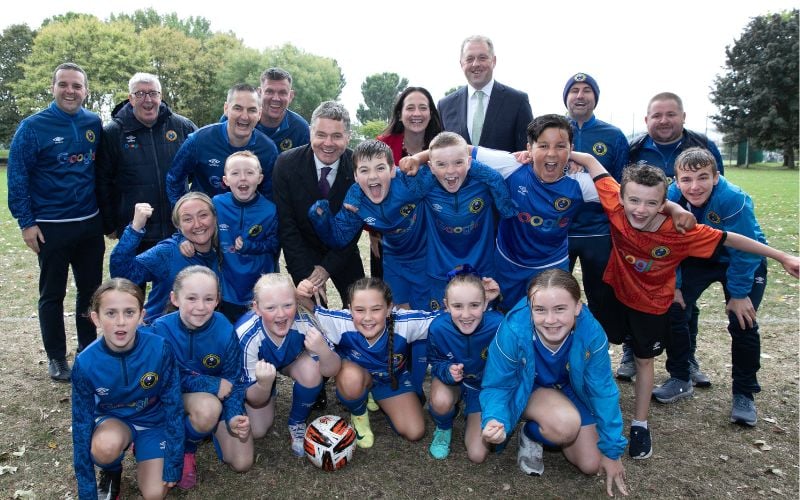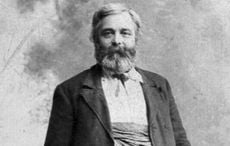With the NFL draft just a matter of weeks away, coverage of the prospects and franchises is starting to crank up. Just like any of the other 31 franchises in the NFL, the New England Patriots' shortlist of targets will be coming into focus right about now.
Even though they made an offer to restricted free agent Emmanuel Sanders today, wide receivers should densely populate that list. One of the best fits for the Patriots is also a player they can realistically target with their first pick, Tennessee's Justin Hunter.
Hunter is the second player in this series of scouting reports, after Washington Cornerback Desmond Trufant got the ball rolling.
Age: 21
Date of Birth: May 20, 1991
College: Tennessee
Height: 6'4 Weight: 200
Position:Wide Receiver
Strengths
-Athleticism
Hunter is a very fluid athlete on the field who has no problems getting in and out of his breaks or breezing past defensive backs to create separation. Off the field his numbers support that showing as he ran a 4.44 40 and had a 40.5 vertical. Hunter has the agility and speed, combined with his sheer size, to be a dominant NFL receiver someday.
-Effort/Awareness
Effort and awareness have been combined here because they often come up together on the field. In a position where divas are often celebrated and routinely accepted, Hunter's play on the field portrays him as the polar opposite. He works back to the football on comeback routes or when defenders are in better position to fight for the football. What was most telling however, was his willingness to fight for a play even when he knew he couldn't catch the ball.
Over the number of games that were watched, Hunter prevented at least four sure-fire interceptions by simply playing to the whistle. Even when he had no chance to make the play in terms of catching the football, he fought for the tipped pass or to knock the ball from the defensive back with a big hit.
Hunter's extra effort is obvious on the two plays from 01:04 in this video. The first reception shows off his awareness, effort and athleticism to make a reception over a defensive back after adjusting to the football, while the second is sheer effort to prevent a turnover.
The first play in particular is a play that not every receiver in the NFL can make.
Tyler Bray underthrows the ball as Hunter is sprinting down the sideline. Hunter is aware enough to recognize it early, before using his athleticism to get back into position. However, the defensive back is in a better position immediately, so it takes effort for Hunter to go back and fight for the football. He eventually makes the big play over the defensive back by being aggressive, aware and working hard. He is allowed to make it because of his athleticism.
That is not just a once off play either. Hunter approaches every snap in the same vain.
-Makes Receptions with his Hands
Cordarrelle Patterson has been the headline receiver for this draft class for much of the off-season. However, when contrasting Patterson to Hunter on the field, there is a night and day contrast in terms of how they catch the football. Patterson almost always catches the ball into his chest, while Hunter looks to snatch the ball from the air with his hands. With better quality defensive backs on the professional level, that could be a major advantage for Hunter in the evaluation process.
-Versatility
Hunter beat defenses in a variety of ways, whether it be running deep routes, slants, crossing routes or with the ball in his hands. His routes may still need to be polished, but his route tree is relatively varied and he has the ability to line up inside as the slot receiver.
Weaknesses
-Physicality
Rarely did Bray give Hunter opportunities to fight defenders for the football in 50/50 situations, while his 12 bench reps at the combine were a worrying sign. He should be able to get stronger on the professional level, but that is not a guarantee as of yet. Dominating defensive backs in college without that strength is possible, but it's not often the case in the NFL.
-Inconsistent Hands
Hunter doesn't have bad hands by any means, but he did drop a couple of passes in situations where an average receiver would have comfortably corralled it. It is most likely a focus issue that won't severely hamper his impact on the field.
Development
Hunter should be able to make an immediate impact in the NFL. It's impossible to know how he will understand the mental aspects of the professional game, but outside of developing greater strength and polishing his routes off, he has little else to work on.
Flexibility
Hunter should be able to fit into almost any NFL offense. He played both inside and outside in college and has the physical tools to make any receiver jealous. His size and athleticism is ideal because he should be able to stretch the field, while still being a possession receiver.
Fit
Hunter may not be your prototypical burner, but he is fast enough to force opposing safeties to stay deep while he also has the flexibility that Bill Belichick looked to get when he added Brandon Lloyd last year. Being built like Randy Moss would set expectations very high for the rookie, but in today's offense the Patriots wouldn't require him to be of that quality immediately.
Professional Comparison
Hunter's immediate physical built and presence on the field is reminiscent of Kenny Britt. Like Britt, his height doesn't take away from his overall athleticism, but rather it enhances it. Prior to tearing his ACL, Britt was one of the most dynamic outside receivers in the league and coming into his own as a starter.
While his physical tools are reminiscent of Britt, his all-around approach to the technical aspects of the game are similar to that of Emmanuel Sanders. Much like Sanders, Hunter works well to the football and can do a variety of things on the field whether it be different routes or lining up in different areas of the field.




Comments